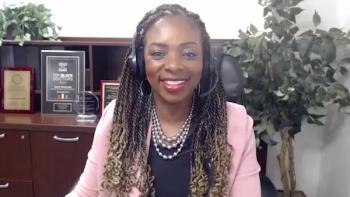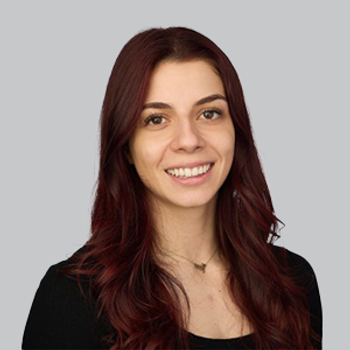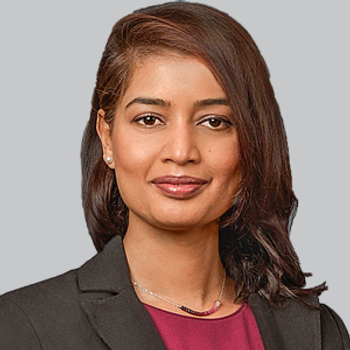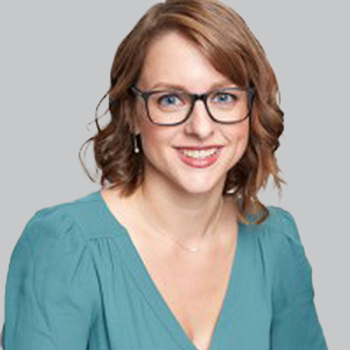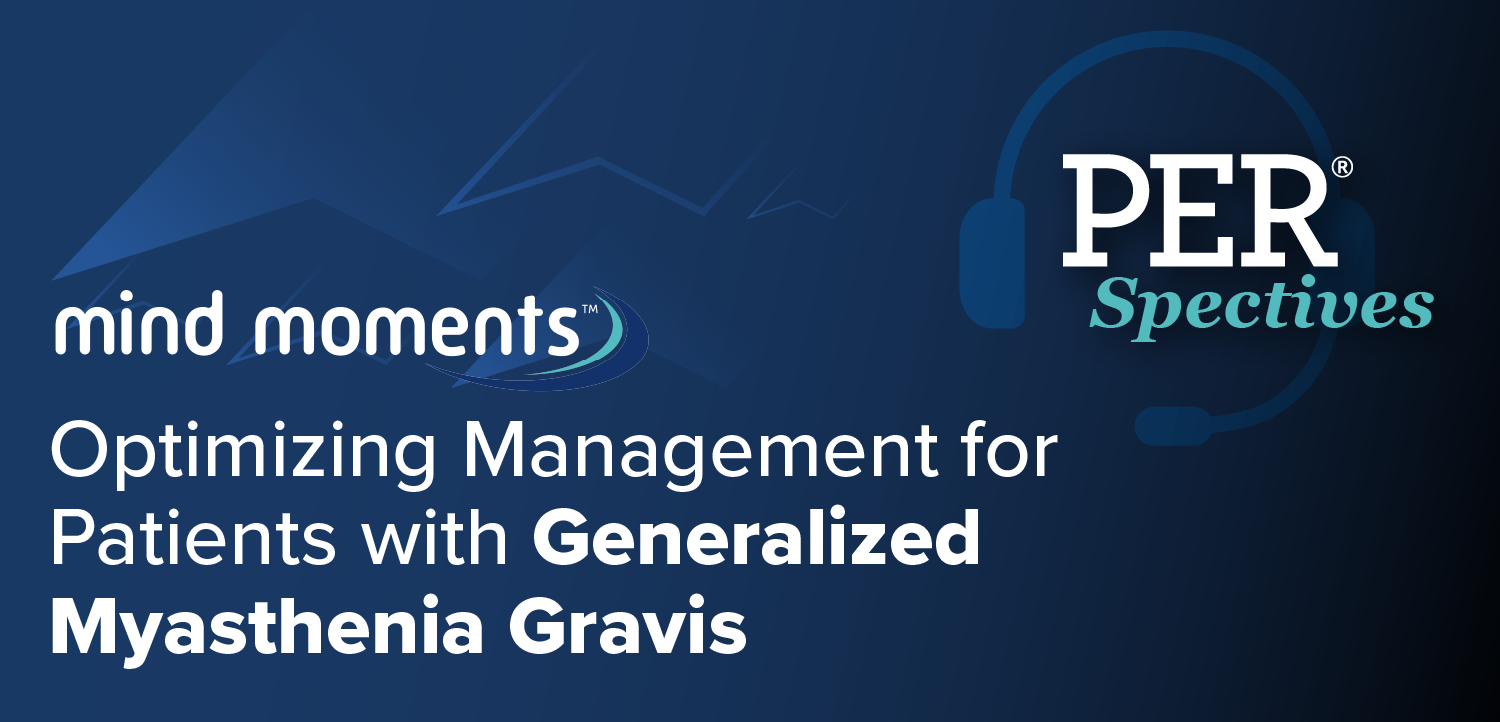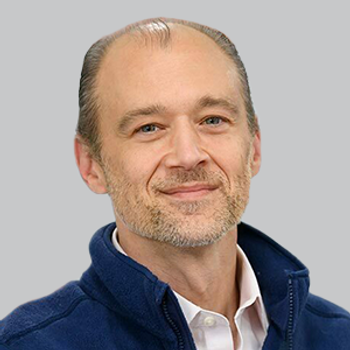
Key Sessions and Real-World Case Learning at PNS 2025: Kathrin Doppler, MD; Vincent Timmerman, PhD, MSc
Key Takeaways
- The PNS Annual Meeting is the largest global event focused on peripheral nerve biology and medicine, scheduled for May 17-20 in Edinburgh, Scotland.
- Recent advancements include gene therapies for Charcot-Marie-Tooth disease, immunomodulatory treatments, and targeted therapies like small molecules and CAR T-cell therapies.
A pair of committee chairs for the Peripheral Nerve Society’s Annual Meeting shared key sessions and trends clinicians should follow at the upcoming meeting, emphasizing collaboration, trial data, and clinical relevance. [WATCH TIME: 3 minutes]
WATCH TIME: 3 minutes
"Diseases don’t respect borders, so neither should our research community. That’s why global participation is essential to the success of this meeting."
The
In the ensuring day, the conference formally kicks off with opening remarks by president Claudia Sommer, MD, followed by notable lectures from Ted Price, PhD; Jun Li, MD, PhD; and Daniela Latorre, PhD. Other concurrent special interest group sessions will cover inflammatory neuropathies, traumatic toxic neuropathies, and neuropathic pain, among others. Throughout the meeting, there will be several industry sponsored symposiums, giving attendees the latest insights on drug development and emerging treatments impacting patients in the near future.
Ahead of the meeting, committee chairs Kathrin Doppler, MD, and Vincent Timmerman, PhD, MSc, highlighted the sessions clinicians should prioritize at the upcoming 2025 PNS Annual Meeting, including the Clinical Highlights and Clinical Case sessions—both designed to spotlight emerging trial data and real-world application. Doppler, a neurologist at the University Hospital of Wurzburg, in Germany, and Timmerman, a professor at the University of Antwerp, in Belgium, emphasized that this year’s program includes more content on treatment, outcome measures, and pathophysiology, with balanced offerings for both clinicians and researchers.
Transcript edited below for clarity.
Marco Meglio: Are there any specific sessions this year that clinicians should pay close attention to—ones that stand out a bit more on the agenda?
Kathrin Doppler, MD: Yes, definitely. For clinicians, the Clinical Highlights session is a key one, as it features new and interesting clinical trials. We also have a clinical case session this year, where neurologists can discuss and learn from real patient cases—something that’s always valuable in practice.
More broadly, there’s a nice mix across the agenda. Platform presentations and special interest group sessions feature both basic science and clinical content. For example, we’ll hear talks on new treatment options in CIDP, updates on outcome measures in CMT, and several other topics that blend emerging science with practical clinical relevance.
Vincent Timmerman, PhD, MSc: I’d add that Kathrin and I have carefully selected presentations to ensure they deliver the most up-to-date and relevant information for both clinicians and researchers. Much of what’s being presented—especially in terms of clinical trial updates—is either unpublished or just about to be published. That’s what makes meetings like this so valuable: it’s an opportunity to find out exactly where the field is heading, and to ask, “How can we improve outcomes and quality of life for patients?”
Marco Meglio: There’s clearly a broad range of specialties and fields represented at this meeting. What’s the significance of that diversity, both in terms of disciplines and research perspectives?
Kathrin Doppler, MD: It’s incredibly important. This isn’t just a neurology meeting—it’s relevant for pain experts, rehabilitation specialists, and of course, basic scientists. This year, for instance, we have many talks focused on neuropathic pain, which crosses clinical domains.
What makes this meeting special is that it’s not siloed. Sessions aren’t divided strictly for neurologists, basic scientists, or pain specialists. Everyone attends the same sessions—or occasionally parallel ones—but they’re all mixed, which encourages cross-disciplinary dialogue. When we step outside of our usual hospital departments or research teams, we gain valuable new perspectives by interacting with colleagues in other areas.
Vincent Timmerman, PhD, MSc: Yes, and there’s a strong emphasis on connection and collaboration. The meeting design includes open time for poster sessions, coffee breaks, and receptions, which gives everyone space to engage informally. But beyond that, there’s also an intentional effort to include diverse global representation.
We actively invite and involve researchers and clinicians from Asia, Africa, Latin America, and elsewhere—not just the U.S. and Europe. We carefully select chairs and speakers from different regions because peripheral nerve diseases don’t follow borders. International meetings like this must reflect the global nature of these disorders. The cross-border exchange of ideas and data is essential to advancing the field.
Newsletter
Keep your finger on the pulse of neurology—subscribe to NeurologyLive for expert interviews, new data, and breakthrough treatment updates.

